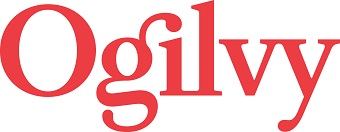![]()
Excerpt from this article:
Papers presented at the conference highlighted emoji as markers of solidarity during crisis (think: “Je suis Paris 🙏🇫🇷”) or as ways to understand differences across gender or political ideologies (women use emoji more than men, but conservative men use way fewer emoji than liberal men). Others discussed the potential to decode emoji with machine learning, and the difficulties in teaching computers to recognize the multiple meanings of emoji in natural-language processing. A panel discussion raised questions about the way the emoji lexicon is developed, as well as the ways emoji can be misinterpreted across cultures. (The 👌 does not mean the same thing in English as it does in American Sign Language, nor does it mean the same thing to white supremacists.)
Tyler Schnoebelen, who gave the keynote speech on Monday, says conversations about emoji have been too often painted with a broad brush. There’s the utopian vision: emoji as a “universal language,” the great democratizer and harbinger of communication across class, culture, and geography. And then there’s the doomsday vision: emoji as the destruction of language, a political tool, a new way to send violent threats. The nuance often gets lost in between. We have hardly any research to tell us who uses emoji, when, why, and how that use has changed over time. We know even less about what emoji can reveal in disaster scenarios, campaigns, or educational settings; even linguists, who have looked at emoticons and other internet-born languages for decades, don’t have a consensus on what emoji mean for the future of language.
